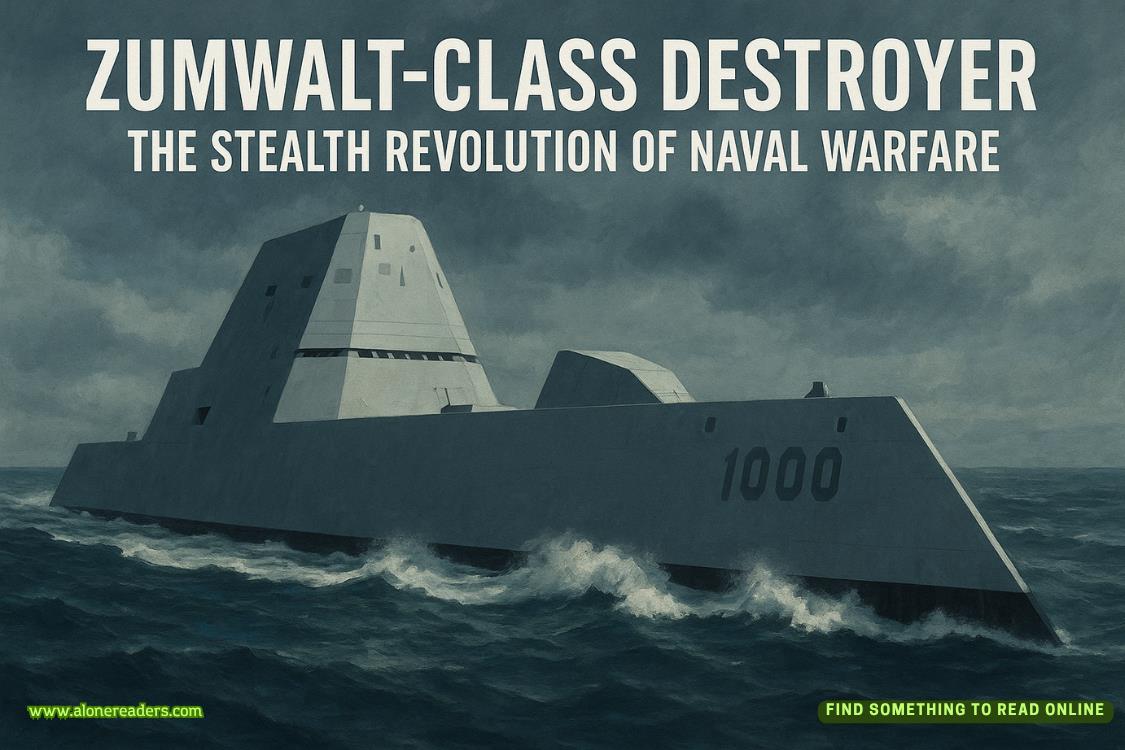Page 17 of Cry Havoc
Patience was vital to survival in the secret world as well, which was why Lavrinenko had outlived many of his contemporaries. The large man swallowed another spoonful and thought of the dams planned for the Iron Gates Gorge section of the Danube River, which he knew would block the prized sturgeon from their spawning areas. Since the clock was ticking on his favorite caviar, Lavrinenko was determined to enjoy the Black Pearl of Kladovo while he still could. He recognized that there were some things even beyond the control of the Soviet Union’s most ruthless intelligence organization.
Lavrinenko’s dark eyes never left the engineer as he read, the older man evaluating his subordinate, searching for weaknesses to exploit.
Egorov closed the file and tapped the document with his index finger before looking up and shifting his gaze between his two superiors.
“So, it’s true? We have them?” he asked.
“We do,” Lavrinenko replied. “The U.S. spy ship, the USSPueblo, and her crew, are in the custody of the Democratic People’s Republic of Korea. The General Staff Department of the Korean People’s Army’s Reconnaissance Bureau has custody of the KW-7, KL-47, and KWR-37.”
“But those are the American’s most secure cipher machines.”
“You are correct, Comrade.”
The engineer took on an otherwise absent air of confidence. He was now in his element. Or perhaps he was relieved that he was not being sent to the crematorium.
“You built the rotor reader—a device that copies American keying material—did you not?” asked Lavrinenko.
“I did.”
“How?”
“I was provided keying material and rotor diagrams. I built the reader around that.”
“How does it work?”
“It fits in a coat pocket, about this big,” Egorov said, holding up his hands. “It folds in half to the size of a pack of cigarettes. Once open, it can be mated with the key material; a rod is then pushed over the top to make an exact copy. It’s really quite basic.”
“Where did the key material come from?” Lavrinenko tested.
“I was never told.”
The director nodded.
“How did you know it would work?”
“I didn’t. I still don’t. But if we physically acquire the equipment—the KW-7, KL-47, and KWR-37—from the Koreans, I can test it and I am confident I can reverse engineer complete systems.”
“I see.”
Egorov swallowed.
“I will need time with the systems.”
“We will bring them to you.”
“Here?”
“Or in Berlin.”
“Berlin would be best. I have access to machinery with tighter tolerances in my lab there. What exactly do we have?”
“The KL-47 was slightly damaged, but we recovered a fully intact KWR-37 and KW-7, along with a KWQ-8 repair kit, additional cryptographic equipment, keying materials, maintenance manuals, and operating instructions. There may be more, as it is still early in the exploitation process.”
Lavrinenko studied the smaller man.
“You seem troubled.”
“As I am sure you are aware, Director, even with these devices that allow for real-time encryption, offline encryption, and receiving fleet transmissions, the Americans must have already changed the codes. They will discern that the Koreans have shared all intelligence from thePueblowith us. The machines without updated keying material—the correct codes—will be useless. Kerckhoff’s Principle.”















